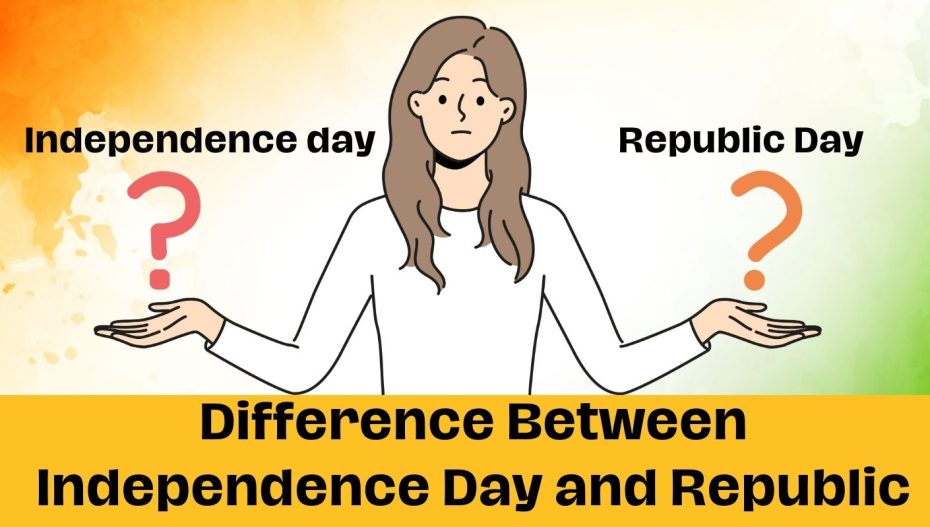Every year, India celebrates two national holidays with great fanfare: Independence Day on August 15 and Republic Day on January 26. Both days celebrate India’s national pride, but there are subtle differences in their significance and meaning. Let’s take a look at how these two days are different and why they are both so important to us.
Independence Day (August 15)
On August 15, 1947, India gained independence from British rule. This day is celebrated as Independence Day.
Republic Day (January 26)
On January 26, 1950, India’s Constitution was adopted. This day is celebrated as Republic Day.
Key Differences Between Independence Day and Republic Day
The most obvious difference between Independence Day and Republic Day is the date. Independence Day commemorates the day India gained independence from British rule, while Republic Day commemorates the day India’s Constitution was adopted.
There are also some more subtle differences between the two holidays. For example, on Independence Day, the flag is raised from the bottom up, while on Republic Day, the flag is already raised and then unfurled. Additionally, on Independence Day, the Prime Minister raises the flag, while on Republic Day, the President raises the flag. Finally, Independence Day is celebrated at the Red Fort in Delhi, while Republic Day is celebrated on Rajpath in Delhi.
Importance of Independence Day and Republic Day
Both Independence Day and Republic Day are important holidays in India. Independence Day is a day to remember the sacrifices of the freedom fighters who fought for India’s independence. Republic Day is a day to celebrate the Indian republic and the contributions of its citizens.
NFSU Expands, Strengthening Forensic Science Access in 17 States. Read More













